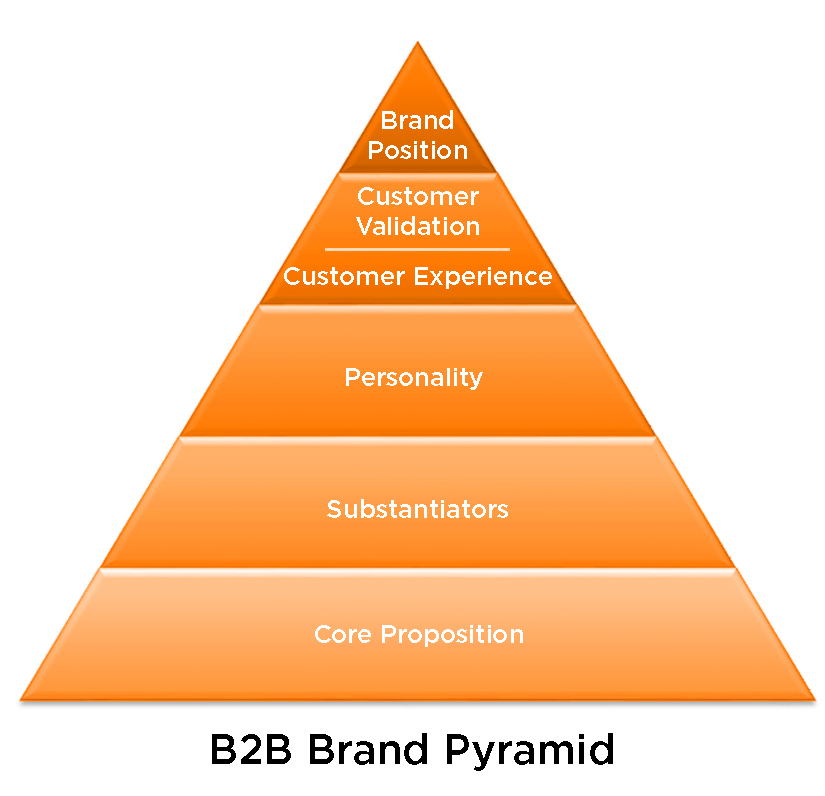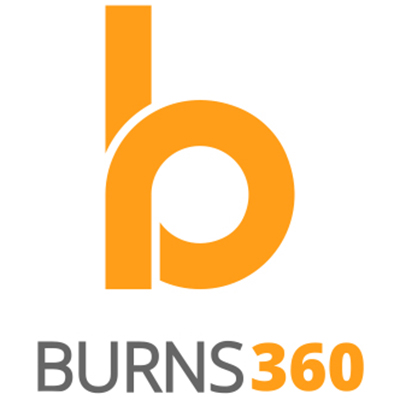
What’s the Problem with Localization Marketing? Part Three of Three: Defining Your Value Proposition
President
Burns360
Defining your brand’s value proposition is a little like trying to condense a 600-page book into a few short sentences. Hint: It’s not easy, and naturally, you’re probably worried you’re going to leave a few things out.
But just because it’s challenging, doesn’t mean you shouldn’t do it. In my opinion, a clearly defined value proposition isn’t an option, it’s a requirement.
Now the important question. How?
It all begins with an umbrella term that marketers love to use: Brand positioning. Simply put, it’s used to describe how companies are—or at least want to be—perceived compared to their competitors.
You’re probably saying to yourself, “Michael, the term brand positioning just sounds like marketing speak.”
Not so fast. It’s actually one of the most important weapons in your business development arsenal. Without a clear picture of who you are in the market, current and potential buyers have no clear reason why they should choose you over the competition.
Let’s dig a little deeper.
Climbing the LSP Brand Development Ladder
Whether you’re a language service provider or not, brand positioning is more of a stepping-stone than a final step. Its purpose? Helping you find a value-added differentiator that only you can offer.
Historically, branding hasn’t been an important concern for most LSPs. But as the industry continues to consolidate and more players amp up their marketing efforts, branding and value-added differentiators are a bigger deal than ever before, no matter whether you’re an industry giant or a self-employed translator.
You can divide brand development into six stages.
- Unbranded. Your business is transaction-focused, and your marketing is limited to direct selling and one-on-one interaction.
- Recognition. You use mass-marketing components, such as PR, advertising, promotions and online communications.
- Positioning. Your marketing strategy includes value-added points of differentiation and clear competitive strengths.
- Personality. You have a clear go-to-market philosophy and strong commitment to team empowerment.
- Perspective. You actively unify brand messages corporate-wide.
- Policy. You have established clear and written brand guidelines.
Even if you don’t include all of the steps in the brand development ladder, you can still make a significant impact on sales and customer loyalty by building your own B2B brand pyramid. And the good news is that it’s not hard to do.
Localization Marketing and Brand Pyramid Architecture
As a language-related marketer, you have a tough gig. Not only do the decision-makers you’re selling to know little about you, oftentimes, they don’t even know what you do.
Here are five things you must always keep in mind when developing a B2B brand position:
- Rational appeal is stronger than emotional influences.
- Complex messages must appeal to different segments.
- Selling cycles are typically longer and more integrated.
- Stand-alone advertising isn’t enough to drive sales.
- Direct marketing is always the primary driver of new business.
How can a language company achieve a clear brand position in what essentially remains a loosely defined business category? One of the best ways is to use a template called a B2B brand pyramid.

A brand pyramid gathers and combines the internal and external vision and perceptions of your company. Elements contained in the B2B brand pyramid include:
- Core Proposition. What you say your value-added differentiators are. Why customers should choose your brand.
- Substantiators. What the proof-points are that demonstrate your proposition.
- Personality. What customers see your brand as behaving like. How the world views you and how you have shaped yourselves.
- Customer Experience. How choosing your brand makes customers feel.
- Customer Validation. What choosing your brand says about me as a customer.
- Brand Position. Your differentiated market offering.
Building a brand pyramid can take a little time and a meeting with your senior management team. But trust me, the results are worth it and will increase in value as the language industry continues to consolidate and mature.
As the branding guru Marty Neumeier says, “Your brand is not what you say it is. It is what they say it is.”
For localization marketers, I would add, “No matter what language they say it in.”
Are you looking for an experienced team to help you create your value proposition or walk you though the steps of a brand pyramid? Let’s chat!


